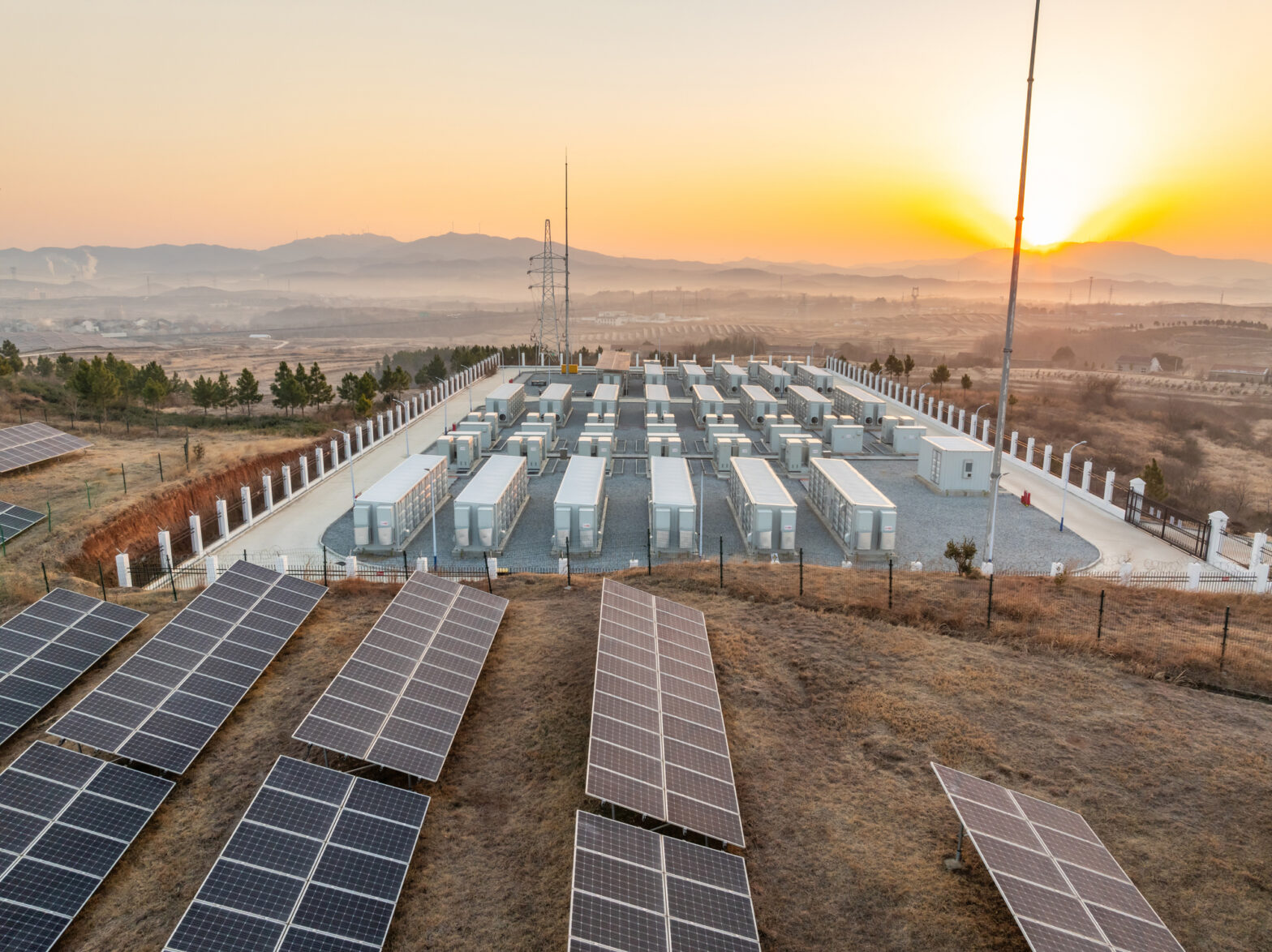With many things in 2020 taking us by surprise, there are so many things this year that we couldn’t have predicted. And certainly, 2020 is going to have a big impact on the year to come. Here are a few themes in the utility and energy space that Uplight leaders are paying attention to in 2021.
Zeroing in on Zero Emissions
Don McPhail, Senior Product Marketing Manager
24 months ago, no utility in the U.S. had set a zero emission goal. But today, 64 utilities, representing more than 40% of customers in the US have set some form of a net zero emission goal (over half of which are Uplight clients). I see the trend not only continuing in a big way in 2021, but also foresee the plans supporting those goals becoming more detailed and material–positioning utility customers to play a big role. It’s a great time to be in the industry and I’m excited about how Uplight is helping to enable this clean energy future.
Clean Energy Grows Exponentially
Sam Holmberg, Senior Product Marketing Manager
The size and impact of the clean energy ecosystem is set to grow exponentially in 2021. President-elect Joe Biden has pledged to push through climate-friendly legislation and there’s hope that Congress will pass stimulus bills that funnel massive amounts of money into cleantech. A growing number of states, nations, and corporations are committing to achieve net zero emissions in the coming decades, creating demand for climate-related tech.
Additionally, the COVID-19 pandemic has accelerated tech trends like digitization, spurring a frenzy of broad tech capital markets activity and driving the NASDAQ to all-time highs in 2020. Tens of billions is being invested in climate-related tech annually, including from the world’s most powerful corporations and philanthropists like Amazon and Bill Gates.
Demand Response an Important Role in Decarbonization
Tanuj Deora, VP Market Innovation
It’s taken a while, but we finally have reached a broad consensus that the power sector will be able to decarbonize over the next thirty years or so – but important questions of how (which technologies,) when (i.e. how quickly) and who (what types of companies) remain. The answers to these questions will have profound implications, including whether or not we can realize the vision of robust and equitable economic benefits from the transition.
One particularly promising approach is to invest in a “demand response renaissance,” in which utilities leverage their central roles in the energy ecosystem to encourage and enable consumer participation in energy markets, at both the wholesale and retail levels, through demand flexibility. Using customer-controlled behind-the-meter distributed energy resources as grid assets, and optimizing planning, deployment, dispatch, and settlement across the meter will unlock massive system efficiencies. But despite growing deployment of key technologies like smart thermostats, battery storage, and distributed photovoltaics, they are not scaling at a sufficient pace to meet our decarbonizations needs.
Utilities can have a key role, but must accelerate investment in offering a personalized customer experience, allowing consumers to decide which combination of cost, comfort, convenience, and control they want, and providing the corresponding programs and incentives that match those preferences while accelerating deployment of climate tech.
By combining demand response enrollment with smart thermostat purchases, Consumers Energy was able to enroll 90% of all eligible customers into demand response. While 80-90% of the technology is there to decarbonize, there isn’t any clear policy direction, so it’s up to utilities to figure this out.
Rethinking LMI Customer Engagement with Personalization
Devren Hobbs, GM-Engage
There’s no question many customers are struggling financially due to the pandemic. According to UtilityDive, residential and business customers will owe between $35 billion to $40 billion dollars to their utilities by March 2021. Research from Uplight indicated that 50% of customers said their energy use has increased and 15% report postponing paying a bill, but 48% are distracted and monitoring their energy usage less.
This year even more customers will struggle with higher energy bills, but many just don’t have the time to pay attention to their energy usage. This makes it more important than ever to engage these customers to help get them back on track, such as sending alerts when a bill is trending higher than normal so they have time to take action.
As the number of LMI customers increases due to the pandemic, it will also be critical for utilities to rethink LMI engagement. Instead of defining the segment based on income and household size, utilities could segment based on energy burden definition instead. Personalization and segmented messaging (such as Uplight’s Next Best Action) can help utilities help customers get out of arrears, bring down high bills, and make their home more comfortable until life gets back to “normal.”
COVID has Made Clear the Need for a Modern Digital Experience
Josh Lin, General Manager of Activate Product Line
The COVID-19 pandemic has accelerated the need for a modern digital energy experience. Utility customers are expecting more personalization and don’t have the time or mental space to scroll through utility websites or sort through offers. Utilities need to make the content, programs, and offerings more contextual for each person based on the information we capture/they offer up. And it’s important to prioritize reaching low to moderate income customers with this level of personalization since they need help more than ever in the pandemic.
Other areas to take note of include electric vehicles (EVs) and contractors. EVs are going to grow at an exponential rate, creating an interesting challenge for grid management. Finally, contractors are still an important part of delivering services that make a big difference in meeting energy efficiency goals; we need to continue finding ways to empower, connect, and integrate them into the digital energy experience.





